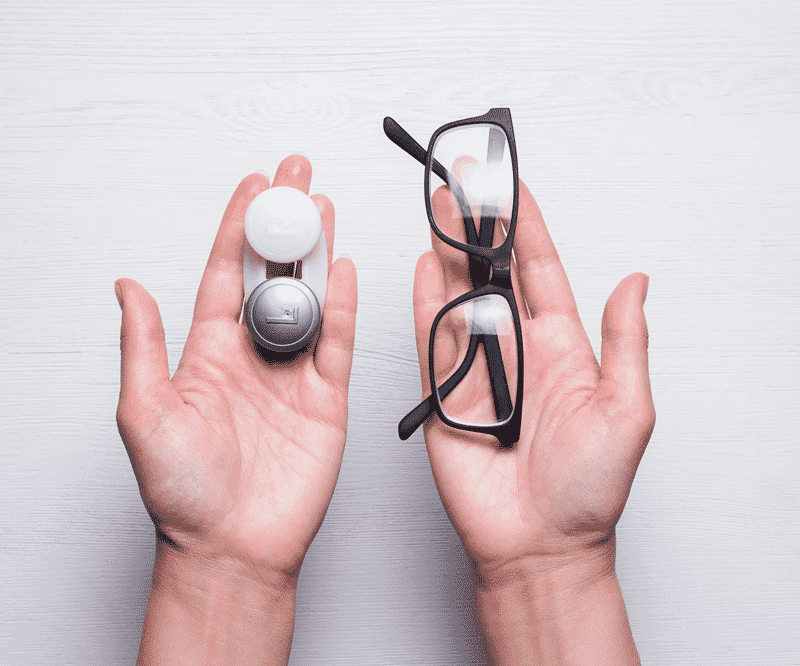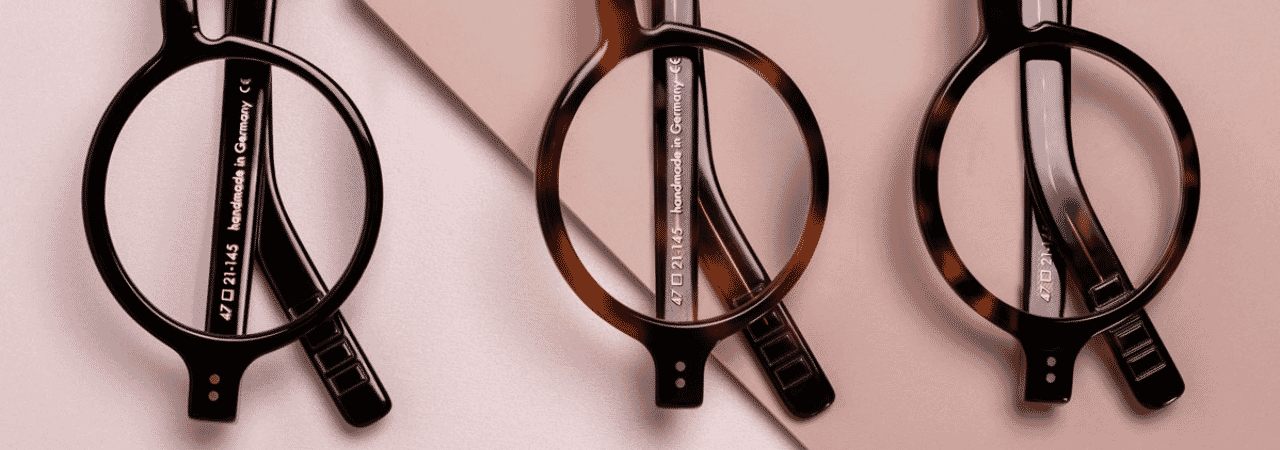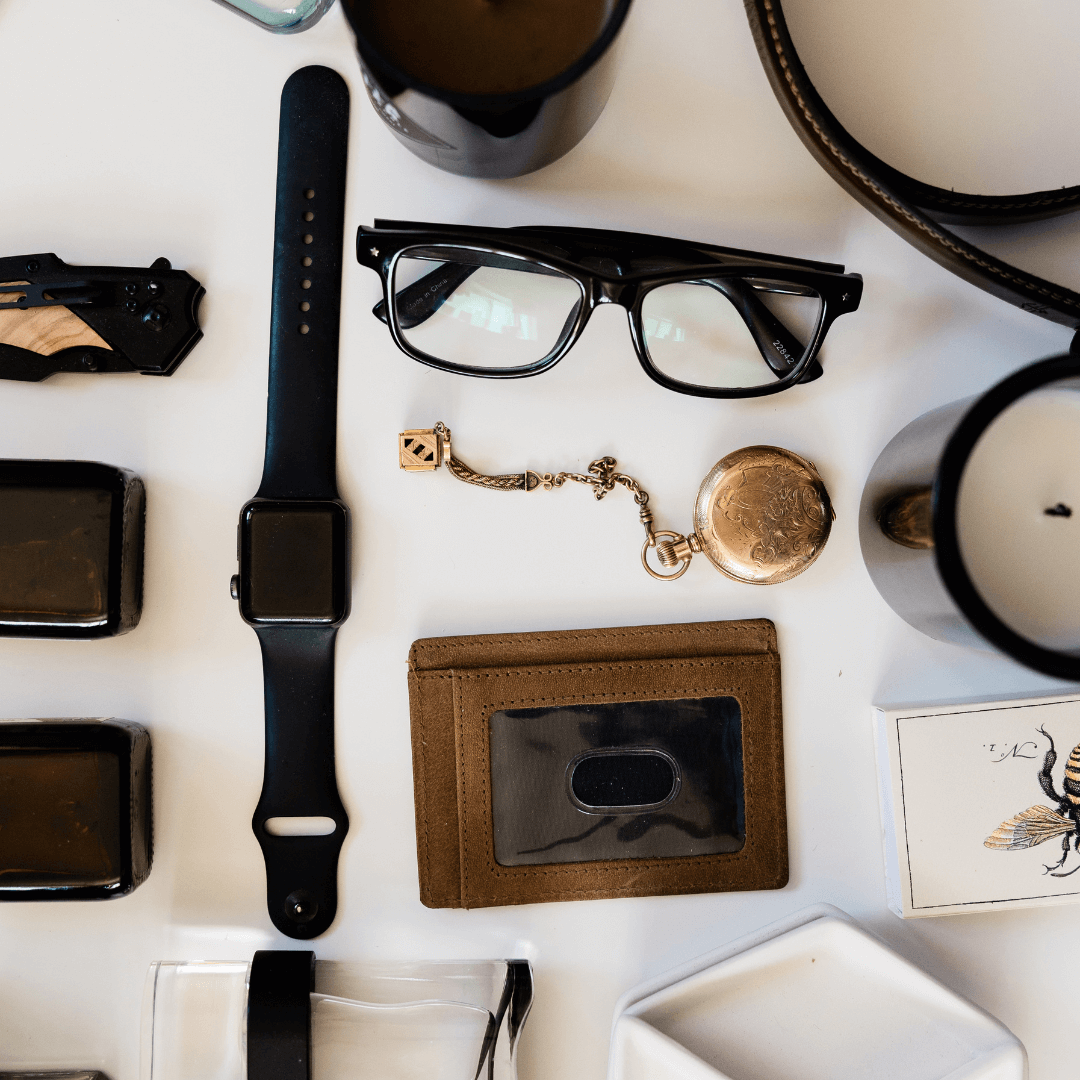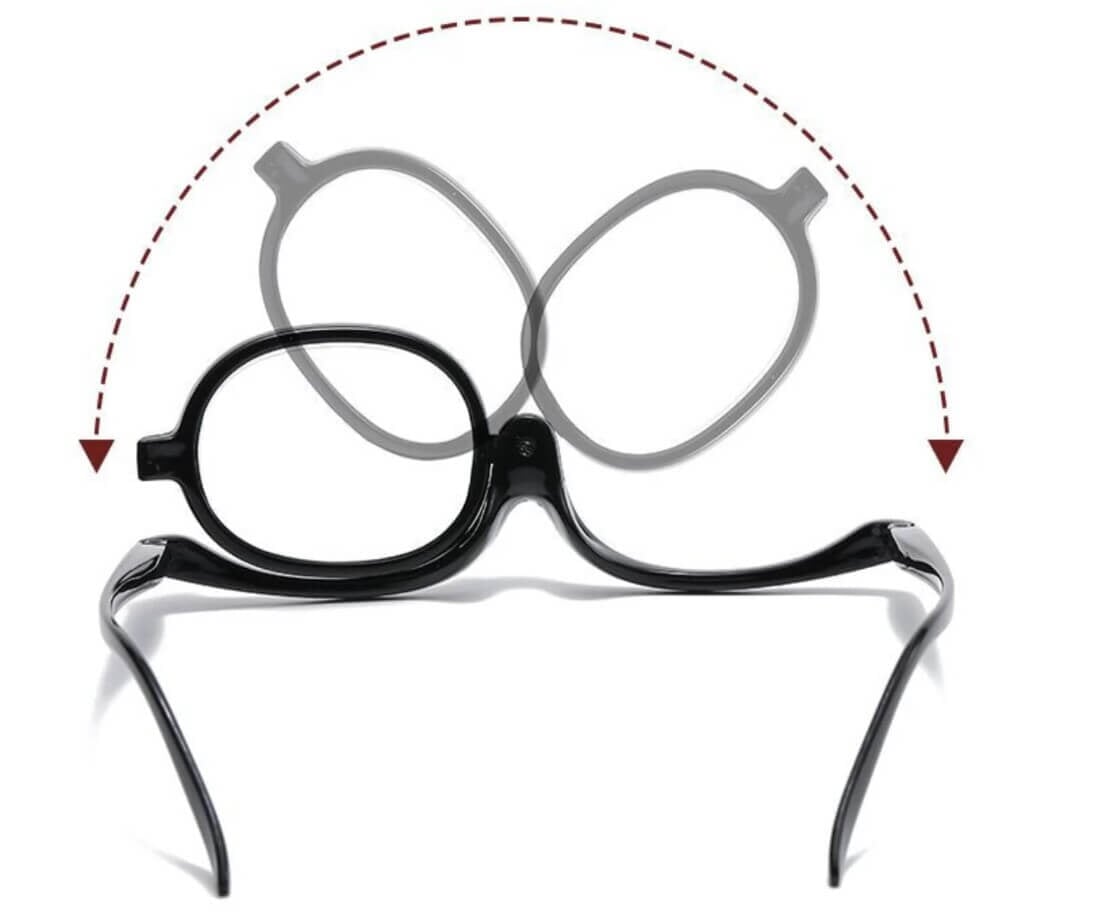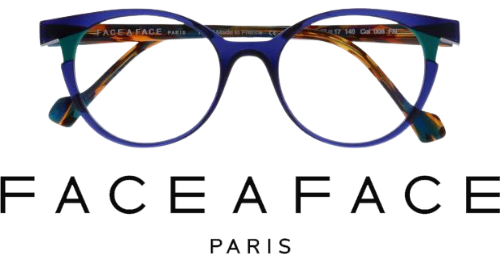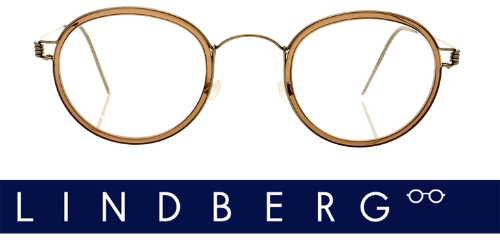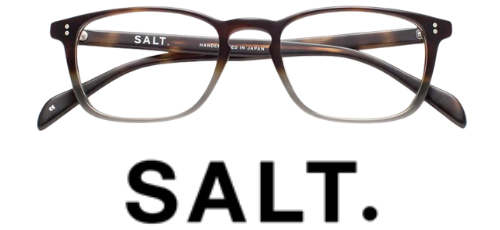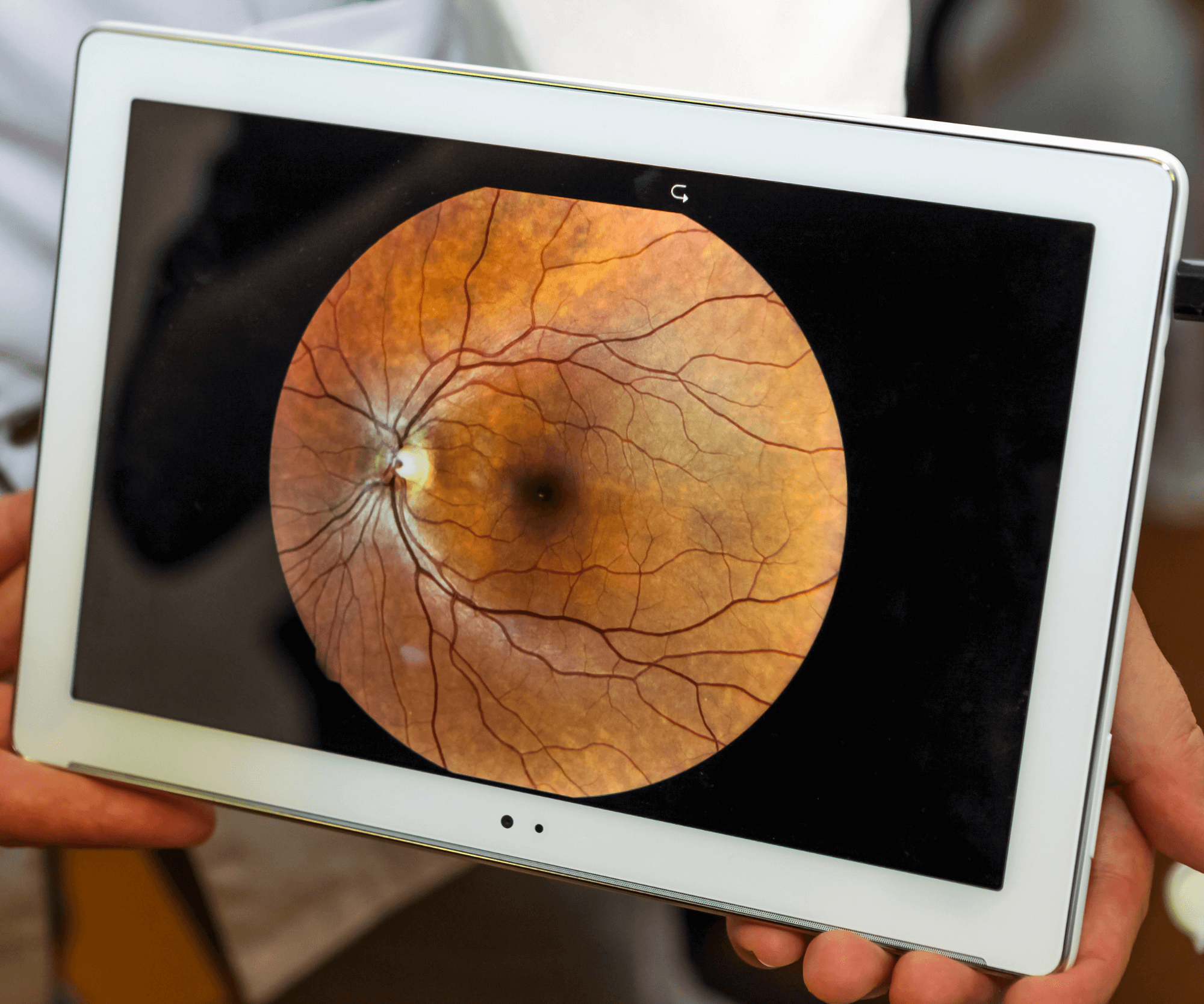When it comes to vision correction, many people are surprised to learn that their contact lens prescription differs from their glasses prescription. If you’ve ever found yourself wondering why this is the case, you’re not alone. Understanding the differences between these two types of prescriptions can help you make informed decisions about your eye care and ensure you’re using the correct corrective lenses for your needs.
Understanding the Basics
Firstly, it’s important to understand that glasses and contact lenses sit at different distances from your eyes. Glasses rest about 12 millimetres from your eyes, while contact lenses sit directly on the surface of your eyes. This difference in positioning can affect how light is focused into your eyes and, consequently, how well you see.
Key Differences
1. Prescription Measurements
- Sphere (SPH): This indicates the strength of the lens required to correct nearsightedness or farsightedness. In contact lenses, this value may differ slightly due to the lens’s proximity to the eye.
- Cylinder (CYL) and Axis: These values correct astigmatism and can also differ in contact lenses. Astigmatism correction can be more precise with glasses, but advancements in contact lens technology have greatly improved the correction available with contacts.
- Addition (ADD): For those who require bifocal or multifocal lenses, this value is often adjusted differently for contact lenses.
2. Lens Fitting
Contact lenses require a specific fit that is measured by the base curve (BC) and diameter (DIA) of the lens. These measurements ensure the lens sits correctly on the cornea, providing comfort and effective vision correction. Glasses do not require these measurements, as they do not make contact with the eye.
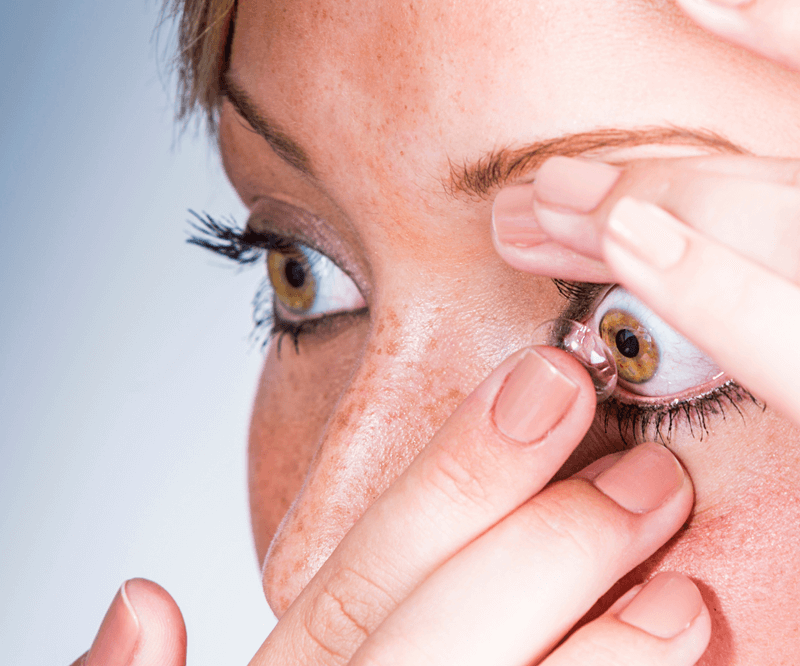
3. Material and Design
The material of contact lenses can affect how your prescription is applied. Soft lenses, rigid gas- permeable lenses, and specialised lenses like toric or multifocal contacts can all require adjustments to the prescription to account for their design and how they interact with the eye.
Why the Difference Matters
Using the correct prescription for each type of lens is crucial for optimal vision and eye health. An incorrect prescription can lead to issues such as eye strain, headaches, and unclear vision. Always ensure you have an up-to-date prescription for both your glasses and contact lenses, and consult with your optometrist if you notice any changes in your vision.
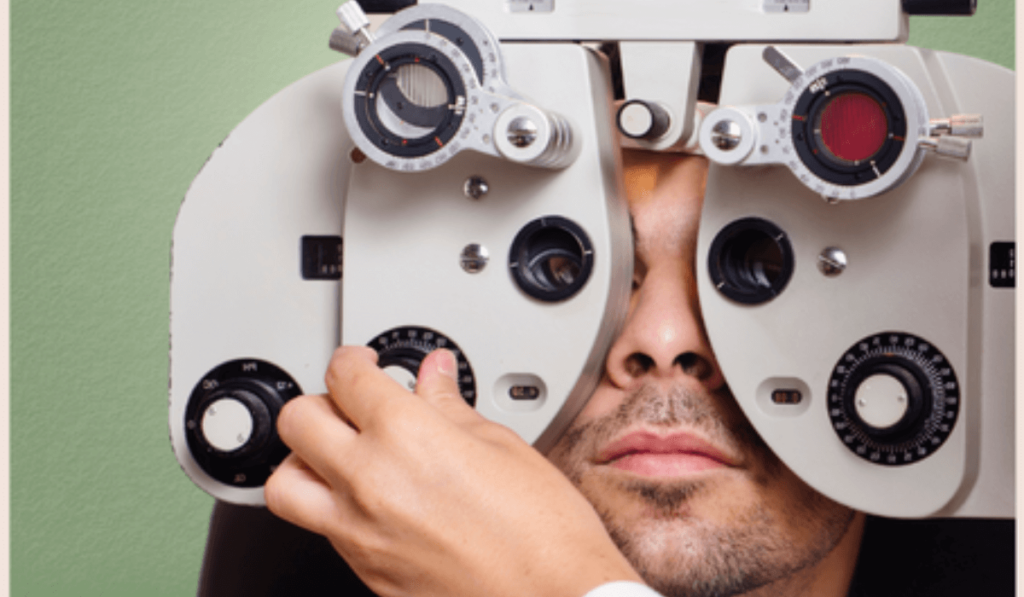
Conclusion
While it might seem confusing at first, the difference between contact lens and glasses prescriptions is a result of the distinct ways these lenses correct your vision. By understanding these differences, you can appreciate the importance of using the correct prescription for each type of lens. Regular eye examinations and consultations with your optometrist will ensure you receive the best possible vision correction tailored to your specific needs.


